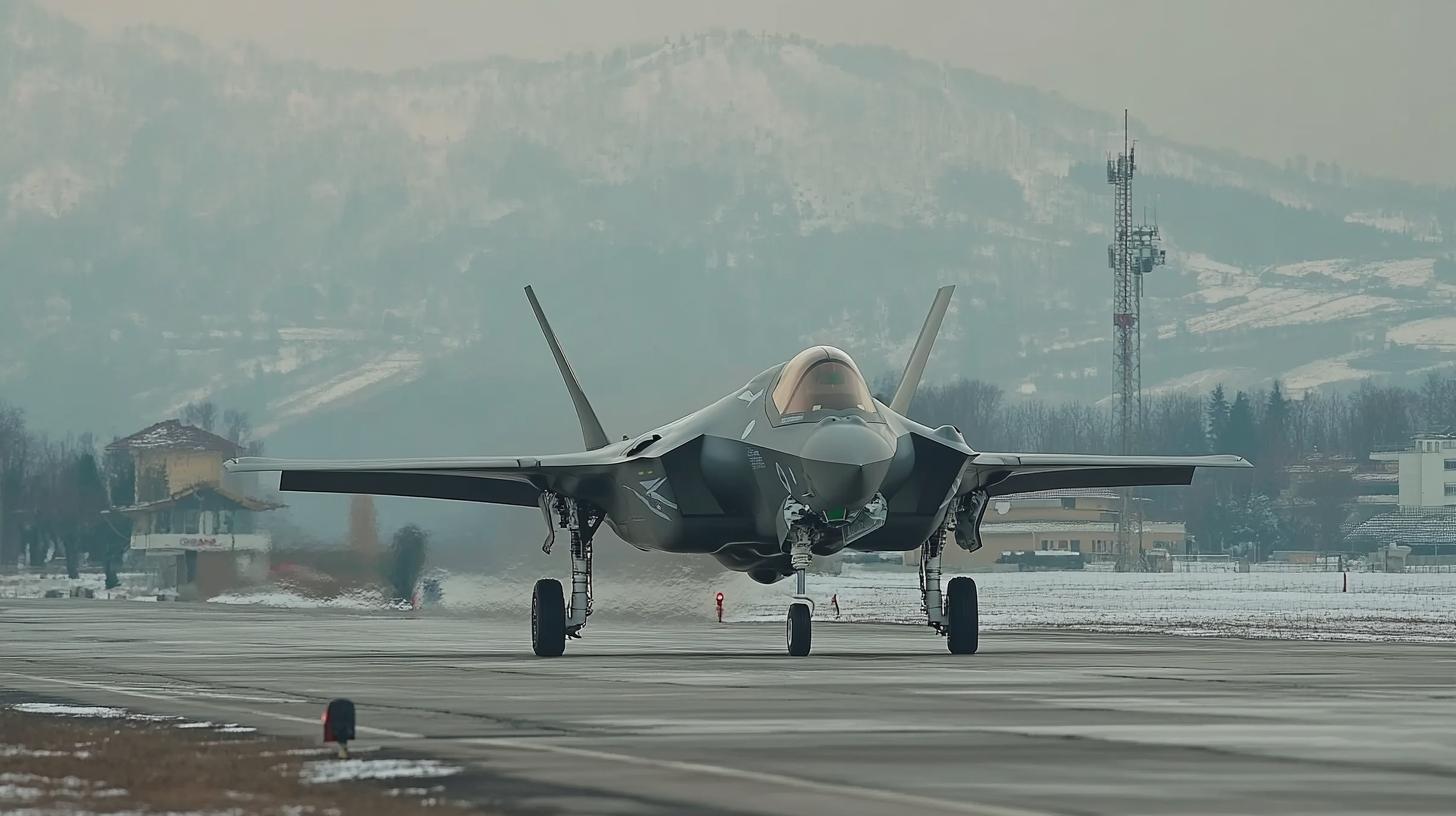In a landmark decision, Romanian lawmakers have approved the purchase of state-of-the-art F-35 fighter jets, with the first delivery anticipated by 2031. This move comes after decisive approval from Romania’s Supreme National Defence Council earlier this year and represents a historic investment in the nation’s defence capabilities.
The Acquisition Package
The extensive agreement, valued at $6.5 billion, involves more than just aircraft. It includes vital support components such as pilot training programs, flight simulators, and an assortment of combat munitions. This strategic purchase underscores Romania’s commitment to enhancing its national security infrastructure, marking the most substantial defense investment in its history.
What’s Next?
Official approval from the US State Department for the sale of 32 advanced F-35A Lightning II jets was secured recently, setting the wheels in motion for this significant defense upgrade. While funding will primarily be sourced from Romania’s national budget, there are additional financial avenues being explored, including potential US government loans.
Strengthening NATO Ties
Romania, sharing a significant border with Ukraine, sees this acquisition as a critical enhancement to its air defense capabilities and a means to ensure stronger interoperability within NATO forces. Officials from both Romanian defense sectors plan to engage in talks with F-35 manufacturers to initiate industrial cooperation projects.
As Romania awaits these cutting-edge fighters, it has already bolstered its air force with several used F-16 jets from Norway and Portugal. The integration of the F-35 will undoubtedly fortify Romania’s position within the NATO alliance, providing unparalleled air defense capabilities in a region marked by ongoing tension and conflict.
The Unexpected Ripple Effects of Romania’s F-35 Fighter Jet Purchase
The decision by Romania to purchase the state-of-the-art F-35 fighter jets marks a pivotal shift not only for the nation’s defense capabilities but also in the realm of geopolitical dynamics and technological advancements. While much has been said about the immediate impacts of this acquisition, there are subtle nuances and broader implications that have yet to be fully explored.
Revolutionizing Military Training and Technology
An intriguing aspect of Romania’s F-35 acquisition is the transformative effect it will have on military training practices and technology adoption. The inclusion of advanced pilot training programs and flight simulators presents a golden opportunity for Romania to leapfrog into cutting-edge aviation training methodologies. As pilots are trained using these state-of-the-art simulators, they gain a level of preparedness and expertise that could position Romania as a leader in military aviation training within Eastern Europe. This shift not only enhances national defense but also opens possibilities for Romania to offer its training capabilities to other nations, potentially generating additional revenue streams.
Economic and Industrial Implications
The commitment to initiate industrial cooperation projects with F-35 manufacturers could spark an industrial renaissance within Romania. This collaboration might lead to technology transfer and the creation of defense-related manufacturing jobs domestically. It raises a question: Could Romania become an emerging hub for aerospace technology in Europe? If successful, such industrial partnerships can lead to the development of a skilled workforce and spur innovation within sectors beyond defense.
Advantages and Limitations
The introduction of the F-35 jets is poised to significantly bolster Romania’s air defense, enhancing both national and regional security. However, it is imperative to consider the financial ramifications for a nation already managing an array of budgetary responsibilities. The $6.5 billion cost, while vitally enhancing defense capabilities, could potentially strain public finances. Are these economic sacrifices outweighed by the strategic benefits? This remains a contentious point of debate among policymakers and economists alike.
Geopolitical Considerations
Romania’s strategic military upgrade may serve as a deterrent against regional conflicts, particularly given its proximity to Ukraine. However, this decision is not without its controversies. It invites scrutiny from neighboring countries, perhaps intensifying the regional arms race. Could this escalate tensions further, or does it act as a deterrent force, stabilizing the region by projecting strength? The long-term geopolitical impact of this acquisition will unfold in the years to come.
Final Thoughts
As Romania charts this new path, it is essential to monitor the ripple effects of such a monumental decision, both domestically and internationally. Will the industrial benefits and enhanced defense capabilities justify the costs? How will this decision affect Romania’s role within NATO and its influence in Eastern Europe?
For more insights and developments in defense and technology, keep an eye on NATO and Lockheed Martin. These platforms provide updates on technological advancements and strategic military developments shaping global security landscapes.







